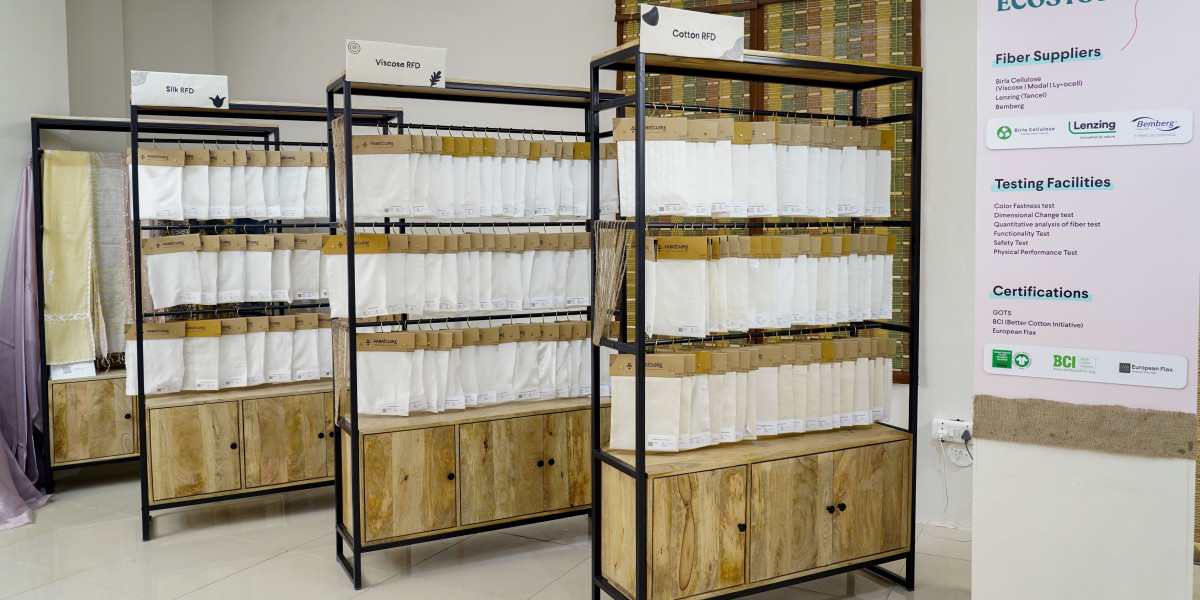Humidity sensors, also known as hygrometers or hygro sensors, are critical devices used to measure the amount of water vapor in the air or other gases. As the demand for accurate environmental monitoring continues to rise, humidity sensors have found wide adoption across industries, from consumer electronics to industrial automation, agriculture, automotive, and healthcare.
?️ What Is a Humidity Sensor?
A humidity sensor detects and measures the relative humidity (RH) in the surrounding air. Relative humidity is the percentage of water vapor present in air compared to the maximum it can hold at a given temperature. These sensors work in real-time and often come integrated with temperature sensors for more accurate environmental data analysis.
? Types of Humidity Sensors
Humidity sensors generally fall into three main categories:
Capacitive Humidity Sensors
Use a hygroscopic dielectric material between two electrodes.
Changes in humidity alter the dielectric constant, changing capacitance.
Resistive Humidity Sensors
Detect changes in electrical resistance as humidity affects the conductive material.
Thermal Conductivity Humidity Sensors
Compare the thermal conductivity of dry and humid air, usually in industrial environments.
⚙️ How Do Humidity Sensors Work?
Most modern humidity sensors function by detecting changes in electrical properties (capacitance or resistance) that correlate with moisture levels. They are often integrated with analog-to-digital converters (ADCs) and microcontrollers to deliver real-time, digital humidity data.
Sensors typically include:
Sensing element
Signal conditioning circuit
Output interface (analog, digital, I2C, SPI, etc.)
? Key Applications
? Consumer Electronics
Used in smartphones, tablets, and wearable devices to optimize performance and improve user comfort.
? Agriculture
Help regulate irrigation systems, greenhouse environments, and monitor crop health.
? Healthcare
Used in incubators, ventilators, and pharmaceutical storage.
? HVAC Systems
Essential in climate control systems for energy-efficient buildings.
? Automotive
Integrated into climate control and defogging systems for safety and comfort.
? Industrial Automation
Used in process monitoring and environmental compliance.
? Market Trends and Forecast
The global humidity sensor market is experiencing robust growth due to:
Increasing demand for smart homes and IoT devices
Rising awareness of air quality monitoring
Expanding applications in industrial automation and healthcare
? Market Size Snapshot (Estimates)
2023 Market Size: Approx. USD 1.2 Billion
Projected 2032 Market Size: Over USD 2.4 Billion
CAGR (2024–2032): Around 8.0%
Key players in the industry include:
Honeywell International Inc.
Sensirion AG
Texas Instruments
Bosch Sensortec
TE Connectivity
? The Future of Humidity Sensing
Advancements in MEMS (Micro-Electro-Mechanical Systems) and nanotechnology are expected to enable even smaller, more sensitive, and energy-efficient humidity sensors. Integration with AI and edge computing will allow predictive analytics for preventive maintenance and environmental optimization.
? Conclusion
Humidity sensors are indispensable in today’s data-driven and automation-focused world. As demand grows across diverse sectors—from agriculture to aerospace—the technology is evolving rapidly, promising higher accuracy, smarter integration, and better energy efficiency. Businesses investing in environmental sensing technologies are likely to stay ahead in sustainability, compliance, and operational efficiency.








